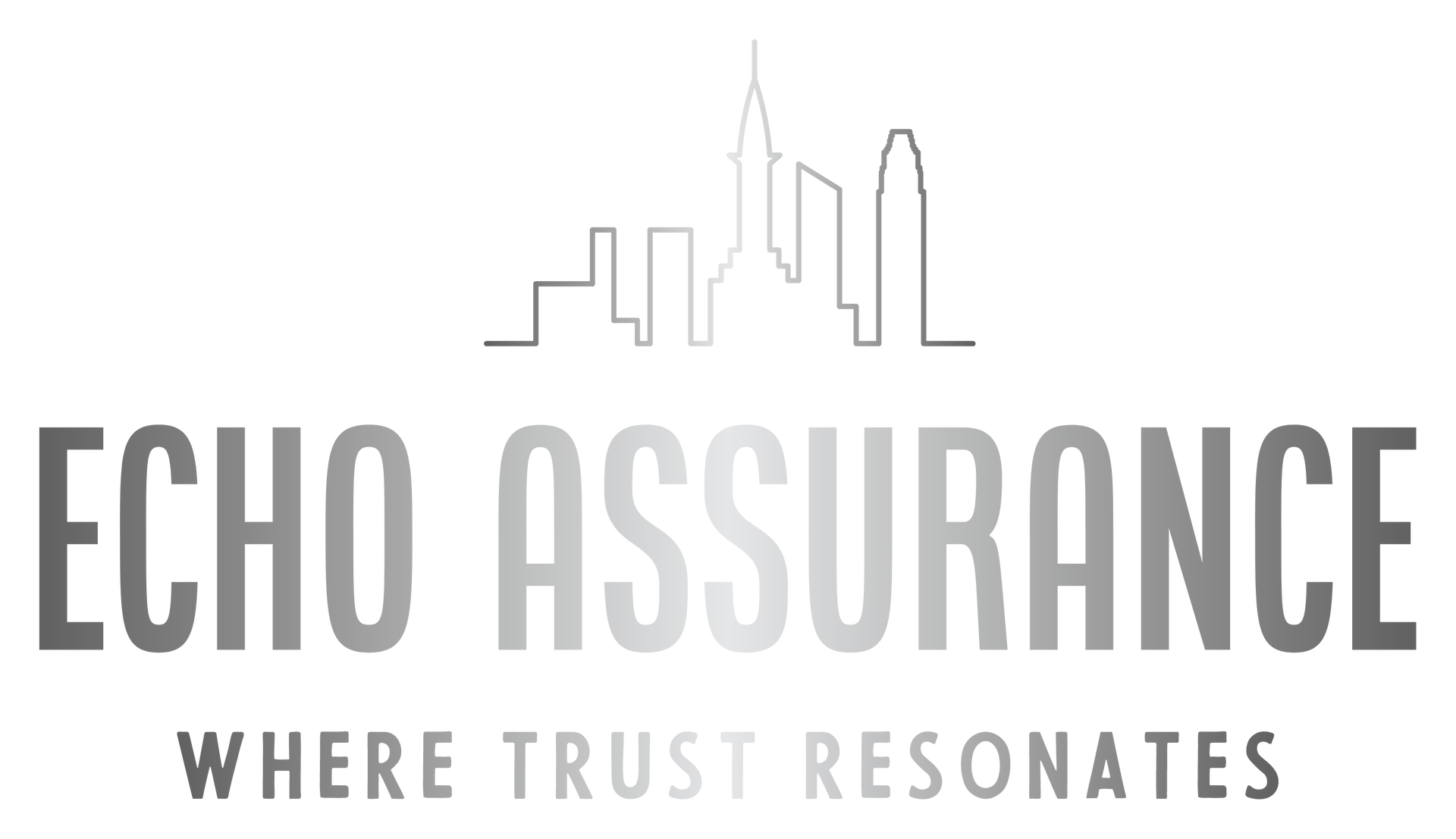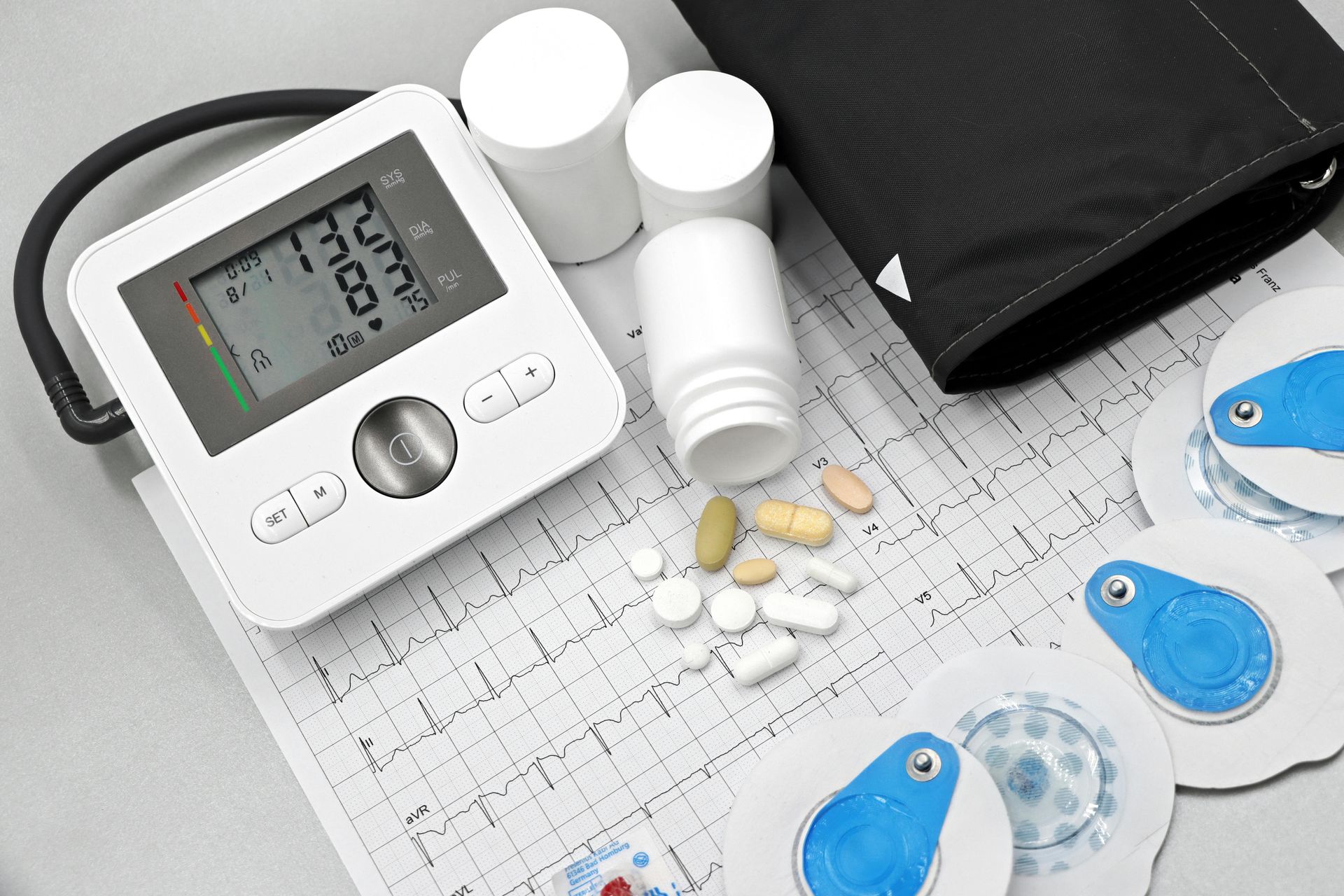4800 Meadows Rd
Suite 300
Lake Oswego, OR 97035
Ph: 218.450.4178


"The Great Medication Mixup: A Senior Living Success Story"
It was a typical Tuesday morning at Sunnyside Senior Living when all hell broke loose.
Mary, the head nurse, walked into the medication room to find Tom, the newly hired med tech, surrounded by a sea of pill bottles, looking like he'd just seen a ghost.
"I... I don't know what happened," Tom stammered. "Mrs. Johnson's family brought in some new medications, and I was trying to organize everything, and then Mr. Smith's son called about a refill, and I just... I got overwhelmed."
Mary surveyed the chaos – pills scattered across the counter, medication charts in disarray, and the distinct scent of stress permeating the air. She took a deep breath, patted Tom on the shoulder, and said, "It's okay. Let's figure this out together."
Little did Mary know, this moment of mayhem would be the catalyst for a complete overhaul of Sunnyside's medication management system – a transformation that would not only make their residents safer but also revolutionize their entire approach to care.
Sound familiar? If you're in the senior living industry, I bet you're nodding your head right now. We've all been there, staring down the barrel of a medication mishap, wondering how on earth we're going to keep track of it all.
But here's the kicker: it doesn't have to be this way.
Let me take you on a journey – from pill pandemonium to medication mastery. Buckle up, because we're about to dive into the wild world of senior living medication management, and I promise you'll come out the other side with some game-changing strategies.
The Medication Mountain
First things first, let's talk numbers. Did you know that a whopping 80% of assisted living residents need help with their medications? And we're not talking about a pill here and there. On average, these folks are taking nine different prescription medications daily. Nine!
Let that sink in for a moment. If you're running a 100-bed community, you're looking at potentially managing 720 medication passes every single day. It's enough to make your head spin faster than a centrifuge in a lab.
But here's the good news: despite this mountain of meds, our incredible staff members are pulling off minor miracles every day. Studies show that only 3% of medication errors in assisted living have a moderate or significant risk of harm to residents. That's a testament to the dedication and skill of our caregivers.
However, as Mary at Sunnyside learned, even one error is one too many. So, how do we take our medication management from good to great? Let's break it down.
Step 1: Taming the High-Risk Med Beast
Remember our friend Tom, drowning in a sea of pill bottles? His first mistake was treating all medications equally. In reality, some meds are like kittens – relatively harmless even if you mess up a bit. Others are like tigers – one wrong move, and you've got a serious problem on your hands.
The big three high-risk medications in senior living are warfarin, insulin, and digoxin. These bad boys account for one-third of all ER visits by older adults due to adverse drug events. Yikes!
Let's start with warfarin, shall we? This blood thinner is about as temperamental as a teenager during exams. One day it's working perfectly, the next it's causing havoc. Here's what Mary implemented at Sunnyside to keep warfarin in check:
Next up: insulin. Now, I know what you're thinking. "Sliding scale insulin is the way to go, right?" Wrong! Mary nearly fell off her chair when she learned that sliding scale insulin is about as recommended for most senior living residents as a skydiving excursion.
Instead, Sunnyside adopted these strategies:
Step 2: Systems, Systems, Systems
Now, let's talk about the elephant in the room – the sheer volume of medications we're dealing with. Remember those 720 daily med passes we mentioned earlier? Yeah, that's not going away anytime soon.
Mary realized that without rock-solid systems in place, they were one distraction away from a major mishap. So, she rolled up her sleeves and got to work.
First on the list: a standardized admission orders form. No more residents showing up with a grocery bag full of mystery meds. (Yes, that actually happened once. The bag contained pills so old the labels were peeling off. It was like an archaeological dig, but with pharmaceuticals.)
Next, they implemented a simple but effective system for tracking new orders and refills. A clipboard hung in the med room became the command center for all medication comings and goings. Date ordered, pharmacy notified, family notified, date received – all at a glance.
But the real game-changer? A shift-to-shift communication log. No more "I thought you knew" or "Nobody told me" situations. Every shift, the outgoing med tech or nurse jots down any medication issues, new move-ins, discharges, or residents on alert charting. It's like a Twitter feed, but for med management.
Step 3: Narcotic Lockdown
Last but certainly not least, Mary tackled the issue of controlled substances. These meds are like the crown jewels – valuable, dangerous in the wrong hands, and in need of Fort Knox-level security.
The solution? Back to basics:
The Results
Six months after implementing these changes, Sunnyside was like a different community. Medication errors plummeted. Staff stress levels dropped. Residents and families reported higher satisfaction.
But the real proof came one Tuesday morning – exactly a year after the Great Medication Mixup. Mary walked into the med room to find Tom calmly organizing medications, everything in its place, a picture of efficiency.
"Mrs. Johnson's family brought in some new medications," Tom said with a smile. "I've added them to her chart, updated the MAR, and left a note in the communication log. Oh, and Mr. Smith's refill came in yesterday – it's all sorted."
Mary couldn't help but grin. They'd done it. They'd cracked the code on medication management.
The Takeaway
Now, I know what you're thinking.
"That's great for Sunnyside, but my community is different." And you're right – every senior living community is unique. But the principles remain the same:
Remember, at the end of the day, we're not just managing medications. We're managing lives. Every pill, every injection, every refill represents a resident's health, safety, and quality of life.
So, take a page from Mary's book. Look at your current medication management system. Is it a well-oiled machine, or more like a game of pharmaceutical Jenga, one wrong move away from disaster?
If it's the latter, don't panic. Start small. Pick one area to improve. Maybe it's implementing a better system for tracking warfarin. Maybe it's upgrading your admission orders process. Whatever it is, take that first step.
Because here's the thing: we owe it to our residents to get this right. They've entrusted us with their care, their safety, their lives. And with the right systems in place, we can rise to that challenge.
Who knows? A year from now, you might be the one walking into a perfectly organized med room, marveling at how far you've come.
Ready to start your medication management makeover? We're here to help. At Echo Assurance, we specialize in creating customized risk management solutions for senior living communities. From staff training to system implementation, we've got you covered.
Don't let medication management be the weak link in your care chain. Contact us today, together, we can turn your medication management from a headache into a highlight.
Remember: in the world of senior living, good medication management isn't just good business – it's good care. And that's something we can all feel good about.